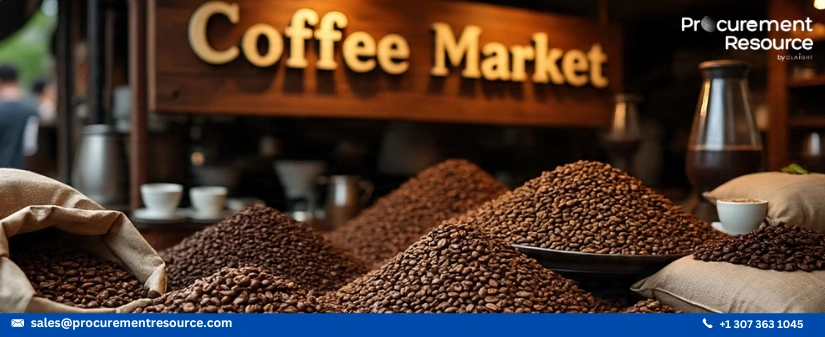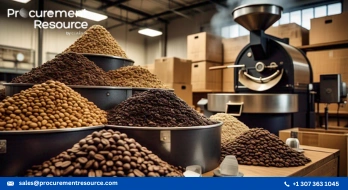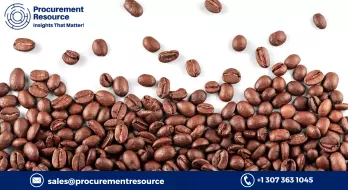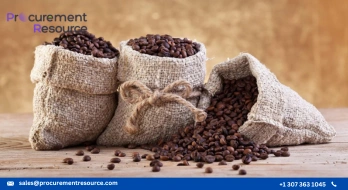Coffee prices decline as favourable weather amplifies production

Coffee prices have been declining in recent weeks as favourable weather conditions in key producing regions have improved crop prospects. Heavy rainfall across Brazil's coffee-growing areas, particularly in the major arabica-producing state of Minas Gerais, has alleviated previous concerns about dry weather affecting production. The abundant precipitation during late June exceeded seasonal averages, creating ideal growing conditions that are expected to boost yields. This improved weather outlook has contributed to bearish sentiment in coffee markets.
The expectation of larger global coffee supplies has been putting downward pressure on prices. Recent forecasts from the USDA's Foreign Agricultural Service project increased production from the world's top coffee growers. Brazil, the leading producer of arabica, is anticipated to see a modest 0.5% rise in output for the 2025/26 season. Meanwhile, Vietnam, the dominant robusta producer, is expected to achieve a significant 6.9% production increase, marking its highest output in four years. These projections of expanding supply have weighed on market sentiment.
Read More About Coffee Production Cost Reports - Get Free Sample Copy in PDF
Harvest progress in Brazil has also influenced recent price movements. Reports indicate the current coffee harvest is progressing more slowly than last year's pace, with only about 24% completed by mid-June compared to 34% at the same time last season. The delayed harvest, particularly for arabica beans, where only 26% had been collected, has been attributed to excessive rainfall in some regions. While this temporary slowdown may support prices, the market appears more focused on the anticipated production increases rather than short-term harvesting delays.
The USDA's latest biannual report reinforced the bearish outlook for coffee prices. The agency forecasted global coffee production to reach record levels in the coming season, with total output expected to grow by 2.5% year-over-year. This projection reveals an interesting divergence between bean varieties - while robusta production is predicted to surge by nearly 8%, arabica output is expected to decline slightly by 1.7%. The report also anticipated growing global stockpiles, with ending stocks forecast to rise by nearly 5%. These fundamental factors, including increasing supply and inventories, have created strong headwinds for coffee prices in recent trading sessions.



